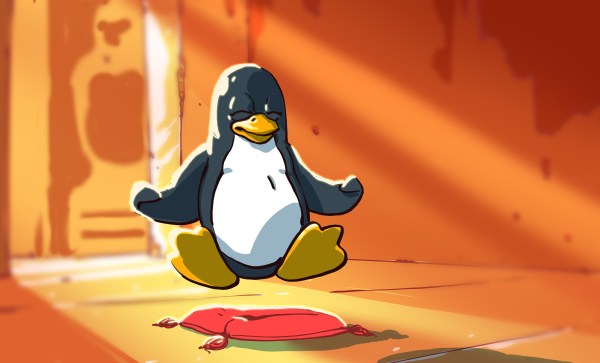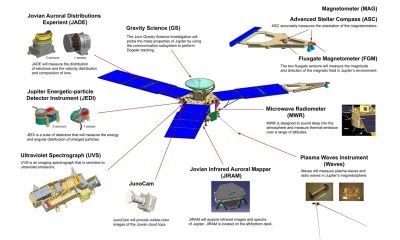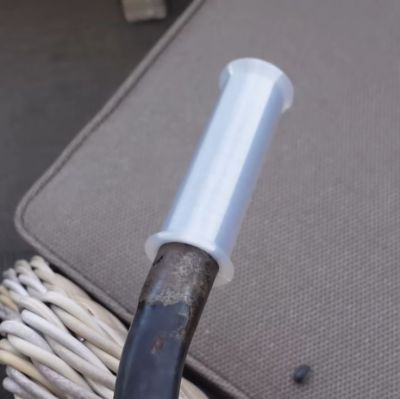After more than forty years, everyone knows that it’s time to retire the X Window System – X11 for short – on account of it being old and decrepit. Or at least that’s what the common narrative is, because if you dig into the chatter surrounding the ongoing transition there are some real issues that people have with the 16-year old spring chicken – called Wayland – that’s supposed to replace it.
Recently [Brodie Robertson] did some polling and soliciting commentary from the community, breaking down the results from over 1,150 comments to the YouTube community post alone.
The issues range from the expected, such as applications that haven’t been ported yet from X11 to Wayland, to compatibility issues – such as failing drag and drop – when running X11 and Wayland applications side by side. Things get worse when support for older hardware, like GeForce GT610 and GT710 GPUs, and increased resource usage by Wayland are considered.
From there it continues with the lack of global hotkeys in Wayland, graphics tablet support issues, OBS not supporting embedded browser windows, Japanese and other foreign as well as onscreen keyboard support issues that are somehow worse than on X11, no support for overscanning monitors or multiple mouse cursors, no multi-monitor fullscreen option, regressions with accessibility, inability of applications to set their (previously saved) window position, no real automation alternative for xdotool, lacking BSD support and worse input latency with gaming.
Some users also simply say that they do not care about Wayland either way as it offers no new features they want. Finally [Brodie] raises the issue of the Wayland developers not simply following standards set by the Windows and MacOS desktops, something which among other issues has been a point of hotly debated contention for years.
Even if Wayland does end up succeeding X11, the one point that many people seem to agree on is that just because X11 is pretty terrible right now, this doesn’t automatically make Wayland the better option. Maybe in hindsight Mir was the better choice we had before it pivoted to Wayland.
Continue reading “Wayland Will Never Be Ready For Every X11 User”



















